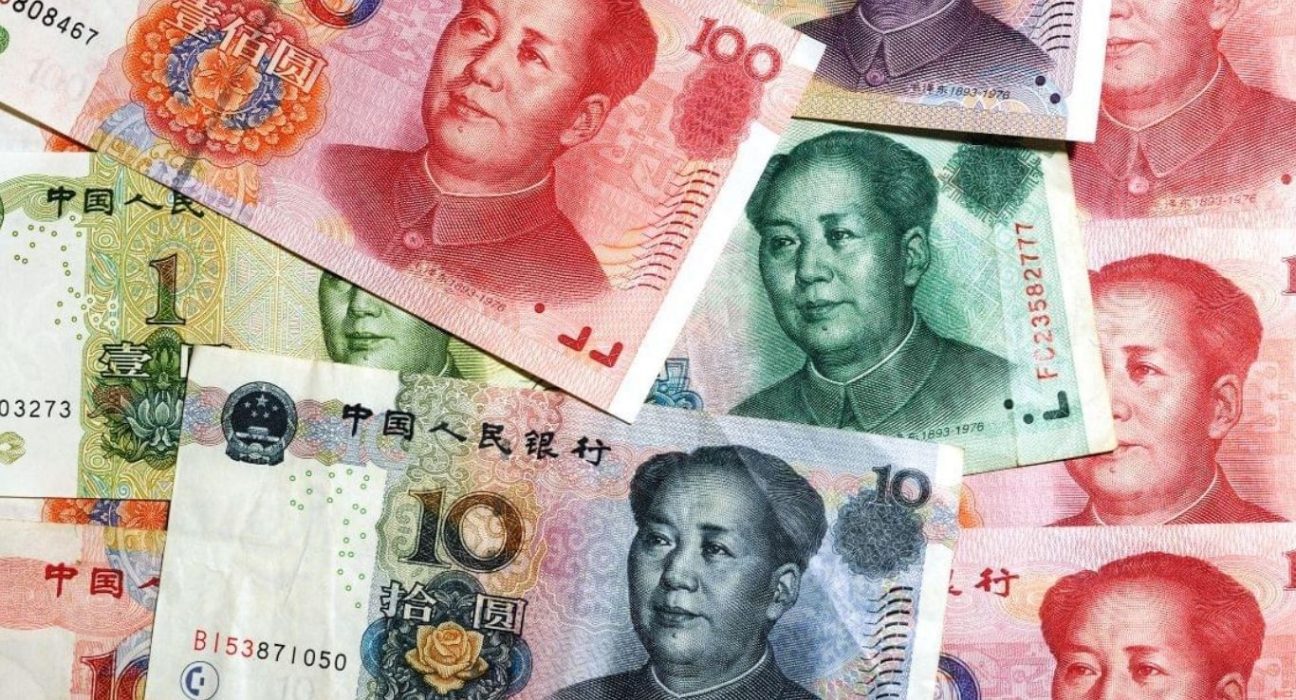The onshore yuan (CNY) has been on a downward trend against the US dollar (USD) since April 2022, reaching its lowest level since March 2020 on May 7, 2023. The currency pair closed at 6.9153 per dollar on that day, according to Xe.com . What are the factors behind this depreciation and what are the implications for the Chinese economy and the global markets?
The onshore yuan is the currency that trades within mainland China, under the supervision of the People’s Bank of China (PBoC). The offshore yuan (CNH) is the currency that trades outside mainland China, mainly in Hong Kong, Singapore and London. The two currencies usually have a small difference in their exchange rates, reflecting the supply and demand conditions in different markets.
The main driver of the onshore yuan’s weakness against the dollar is the widening interest rate differential between the two countries. The US Federal Reserve has been raising its benchmark interest rate since December 2022, reaching 1.75% in May 2023. The PBoC, on the other hand, has kept its policy rate unchanged at 3.85% since April 2020, amid concerns over rising debt levels and slowing economic growth in China.
The higher US interest rate makes dollar-denominated assets more attractive for investors, increasing the demand for the greenback and putting downward pressure on other currencies, including the yuan. According to Reuters , the dollar index, which measures the strength of the dollar against a basket of six major currencies, rose to 101.174 on May 7, 2023, its highest level since January 2017.
Another factor that weighs on the onshore yuan is the uncertainty over the trade relations between China and the US. The two countries have been engaged in a trade war since 2018, imposing tariffs and sanctions on each other’s goods and services. The trade tensions have escalated in recent months, with both sides accusing each other of unfair practices and human rights violations.
The trade conflict has hurt both economies, reducing their exports and imports and dampening their growth prospects. The International Monetary Fund (IMF) has lowered its forecasts for China’s GDP growth to 5.6% in 2022 and 5.4% in 2023, down from 6% and 5.8% respectively in its previous estimates. The IMF has also revised down its projections for US GDP growth to 2.4% in 2022 and 1.9% in 2023, from 2.6% and 2% respectively.
The trade dispute has also increased the volatility of the yuan exchange rate, as investors react to the news and developments of the negotiations. The onshore yuan has fluctuated between 6.7820 and 6.9666 per dollar in the past three months , reflecting the changing market sentiment and expectations.
The depreciation of the onshore yuan has some benefits and costs for China and the world economy. On one hand, it makes Chinese exports cheaper and more competitive in global markets, boosting its trade surplus and foreign exchange reserves. It also helps Chinese companies that have borrowed in dollars to repay their debts more easily.
On the other hand, it makes imports more expensive and reduces the purchasing power of Chinese consumers and businesses. It also raises the risk of capital outflows and currency speculation, as investors seek higher returns elsewhere or hedge against further depreciation. It also increases the trade tensions with the US, which accuses China of manipulating its currency to gain an unfair advantage.
The PBoC has intervened in the currency market to prevent excessive volatility and maintain stability of the yuan exchange rate. The central bank sets a daily midpoint for the onshore yuan trading band, which allows it to fluctuate within a range of 2% above or below it. The PBoC also uses various tools such as reserve requirements, open market operations and foreign exchange swaps to influence the supply and demand of yuan.
The PBoC has said that it will keep the yuan exchange rate basically stable at a reasonable and balanced level . It has also denied that it intends to use the currency as a tool to cope with external shocks or trade frictions . The PBoC has also encouraged more international use of the yuan, such as issuing bonds and loans denominated in yuan and expanding cross-border payment systems.










